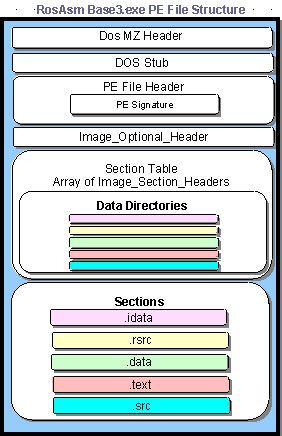Problem
Connecting programmatically or by using osql failed with the following, generic error:
error: 40 - Could not open a connection to SQL Server
My programmatic attempt looked like this:
string cs = "Data Source=localhost;" +
"Trusted_Connection=true;" +
"Initial Catalog=dbname;";
SqlConnection connection = new SqlConnection(cs);
connection.Open();
Other variants I tried for Data Source were (local), 127.0.0.1, and the fully-qualified name of my local server.
My osql attempt looked like this:
c:\>osql -E -S localhost
Solution
The solution, at least for the basic connection problem, turned out to be a missing instance name. The instance name can be found by looking in Programs | Microsoft SQL Server 2005 | Configuration Tools | SQL Server Configuration Manager, under SQL Server 2005 Services. In my case, the instance is named “SQLEXPRESS“, so I tacked this onto my connection strings for a (more) successful login.
Programmatic:
string cs = "Data Source=localhost\\sqlexpress;" +
"Trusted_Connection=true;" +
"Initial Catalog=dbname;";
SqlConnection connection = new SqlConnection(cs);
connection.Open();
osql:
c:\>osql -E -S localhost\sqlexpress 1>
Authorization
Actually, the above code didn’t quite work. I still get an authorization error:
Cannot open database "dbname" requested by the login. The login failed. Login failed for user 'DOMAIN\username'.
This was actually because I hadn’t yet created the database, nor a user! I followed this handy guide in order to create a database, a user, and grant the user access to the new database.
In the end, my connection code looks like this:
string cs = "Data Source=localhost\\sqlexpress;" +
"Trusted_Connection=true" +
"Initial Catalog=dbname;" +
"user id=username;password=userpass;";
SqlConnection connection = new SqlConnection(cs);
connection.Open();



